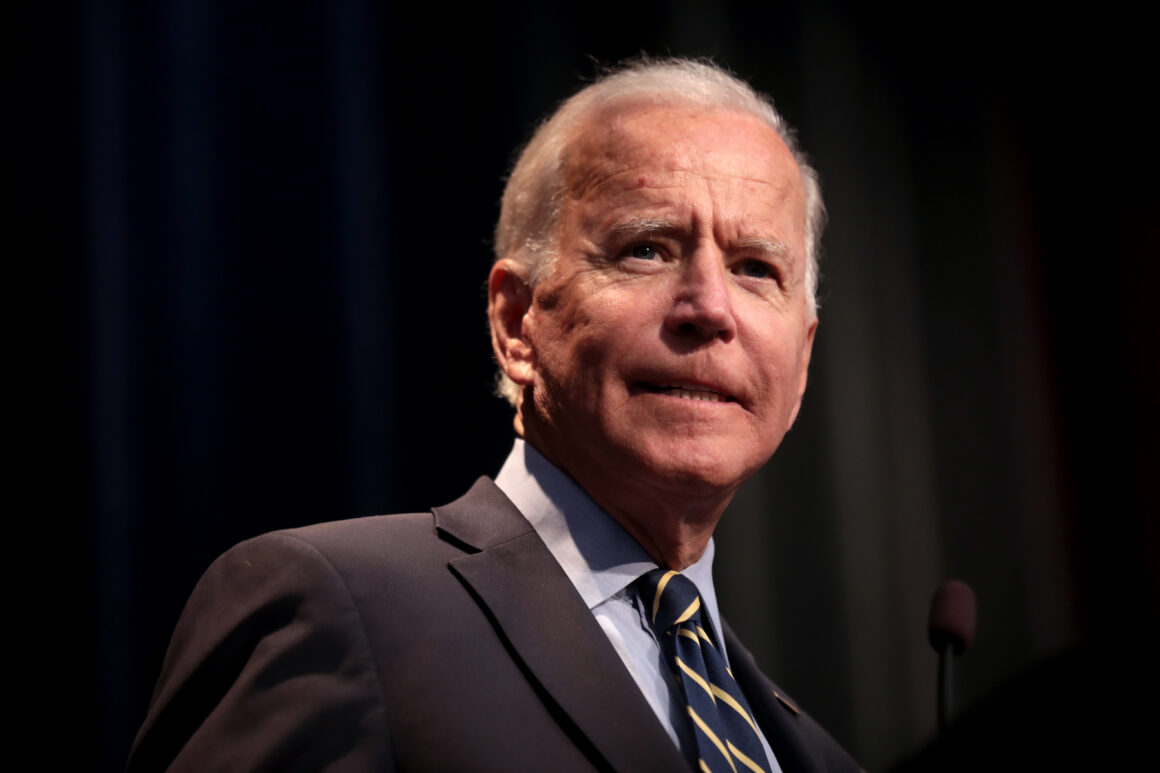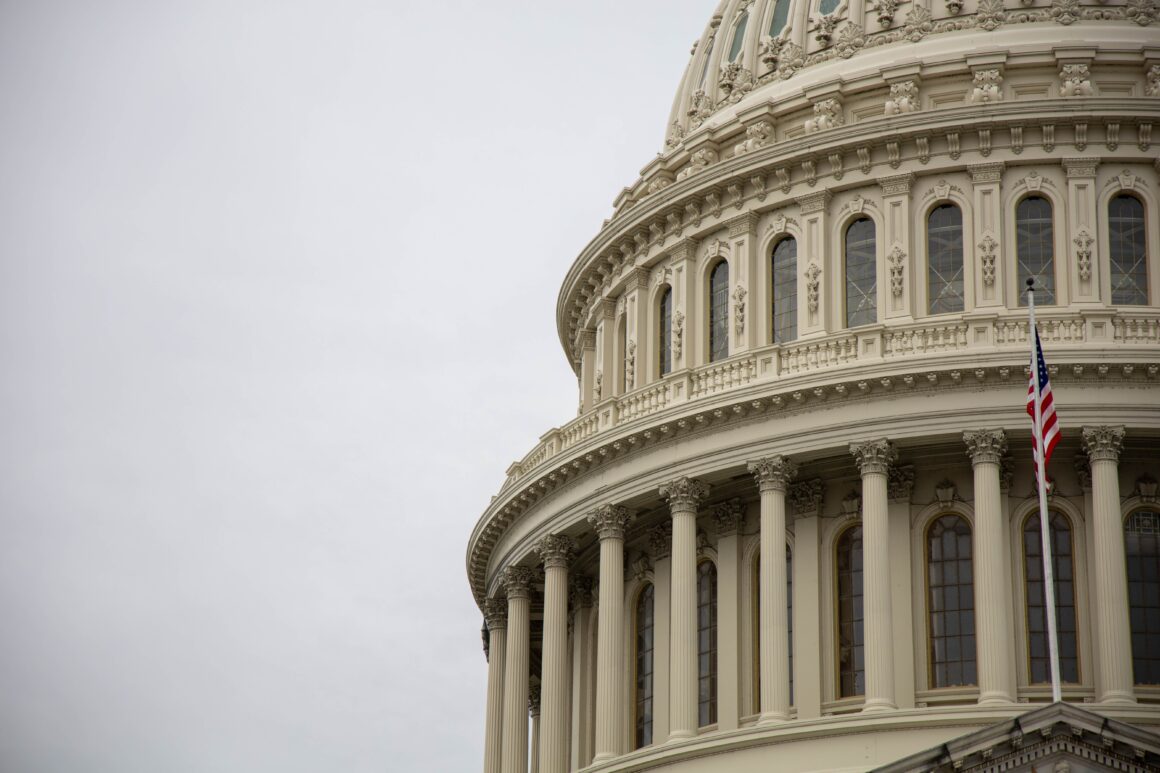On Oct. 26, President Trump addressed the national drug demand and opioid crisis. His speech succeeded the First Lady’s remarks about drug abuse survivors. Trump officially declared the issue to be a “public health emergency,” emphasizing his actions to remove the drug Opana, which resulted in 33,000 deaths in 2015 off the market. Trump spoke about how “more than 11 million abused prescription opioids” in just a year.
His speech outlined how he plans on working in partnership with the National Institutes of Health and pharmaceutical companies to create safer alternatives to opioid prescriptions, validating state’s needs to provide treatment and having the FDA “require drug companies that manufacture prescription opioids to provide more training to prescribers and to help prevent abuse and addiction, and has requested that one especially high-risk opioid be withdrawn from the market immediately.”
Yet, all of his claims have no substance due to one of the first statements he declared before he began outlining his plan: undermining the magnitude of this crisis by disclosing the situation as a public-health emergency.
In early August, Trump asserted that the opioid situation was one of a “national emergency.” This grants the administration unbounded powers to “waive patient privacy laws, divert funds and give immunity to medical professionals and first responders.”
In his latest address, he redacted the statement “national emergency” and demoted the situation to a “public-health emergency.” Normally, this would be a fine account, except that there is no longer any funding left. The funds were originally set in the 1980s with $80 million but had no set annual amount to replenish it. The last of the amount was $57,000 and was ultimately drained to take action against the Zika virus.
The current Administration needs to halt the evolution of this epidemic by confronting it more seriously and effectively. While Trump has actively expressed some good ideas, there’s still plenty left unsaid and undone to properly fulfill the waned end result of decreasing the opioid abuse and presenting proper treatment for previous abuser of prescribed medicine.




